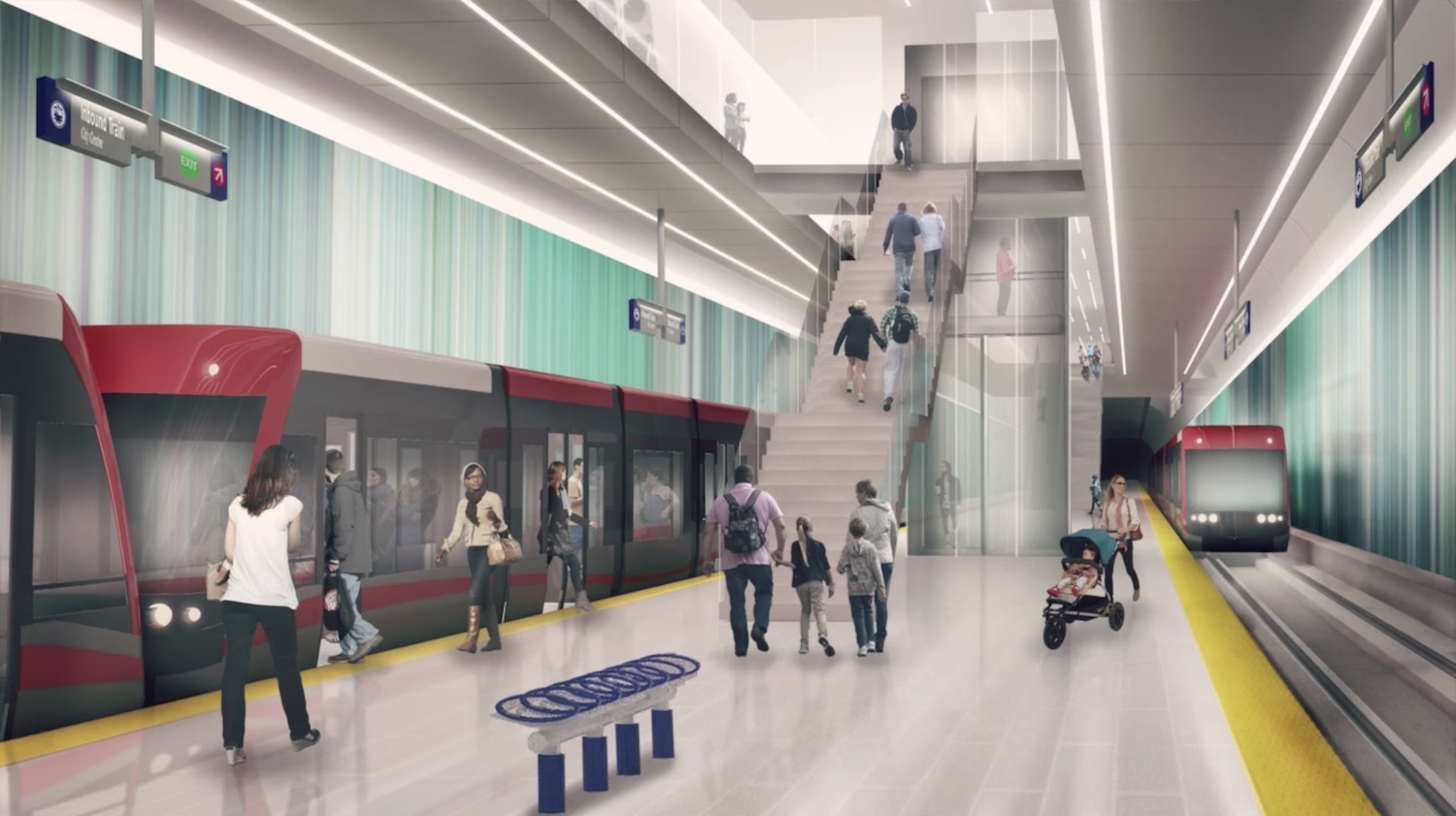darwink
Senior Member
Unless you think there is a serious risk of a failed procurement because you can’t transfer the risk at a price you are willing to pay.
Unless you think there is a serious risk of a failed procurement because you can’t transfer the risk at a price you are willing to pay.

They might have not internalized how council would react to all the bids coming in 100% more for the tunnel section if there was no risk transfer, or hadn't connected the dots of the delays/risks in Ottawa with private sentiment around risk transfer. The switch from a full P3 to their split up design build model has something to it too. There is less incentive on the back end to complete the project on the front end if big cost overruns are experienced - there are plenty of situations where the design builder would find it better to walk away than to complete the project.Very true, but surely the owner's team had the results of the geotechnical investigations and the recommendations of their front-end engineering consultants for a long time now. It seems like the owners' team waited until they were into the constructibility reviews just before finalizing the RFQ to decide to pull the plug on the long tunnel. I'm sure that lacking a project director for the better part of 6 months didn't help, but it doesn't reflect well on the entire project team to have failed to see / believe / understand what the ground conditions meant for construction risk, until the last minute.
The Deerfoot/Nose Creek option is a waste of time. Might as well just run a bunch of busses from Beddington Trail down the Deerfoot to downtown. It doesn't do anything but get people from the far north into the core, with no chance at any decent TODs.
You could develop them and it would be an improvement, but the locations limit any real TOD potential. They are cut off from being walkable anywhere. TODs built along a centre street route have much better potential, and would be far easier to develop.Unless the Heather Glen and Winston golf courses and Spring Gardens City of Calgary sites could be redeveloped.
Easy may be optimistic. Land assemblies, constant NIMBYism, will make it very challenging.You could develop them and it would be an improvement, but the locations limit any real TOD potential. They are cut off from being walkable anywhere. TODs built along a centre street route have much better potential, and would be far easier to develop.
For sure, I just mean in comparison to buying out those golf courses and developing a master plan for them, it would be easier to let individual projects happen on their own.Easy may be optimistic. Land assemblies, constant NIMBYism, will make it very challenging.
You could develop them and it would be an improvement, but the locations limit any real TOD potential. They are cut off from being walkable anywhere. TODs built along a centre street route have much better potential, and would be far easier to develop.